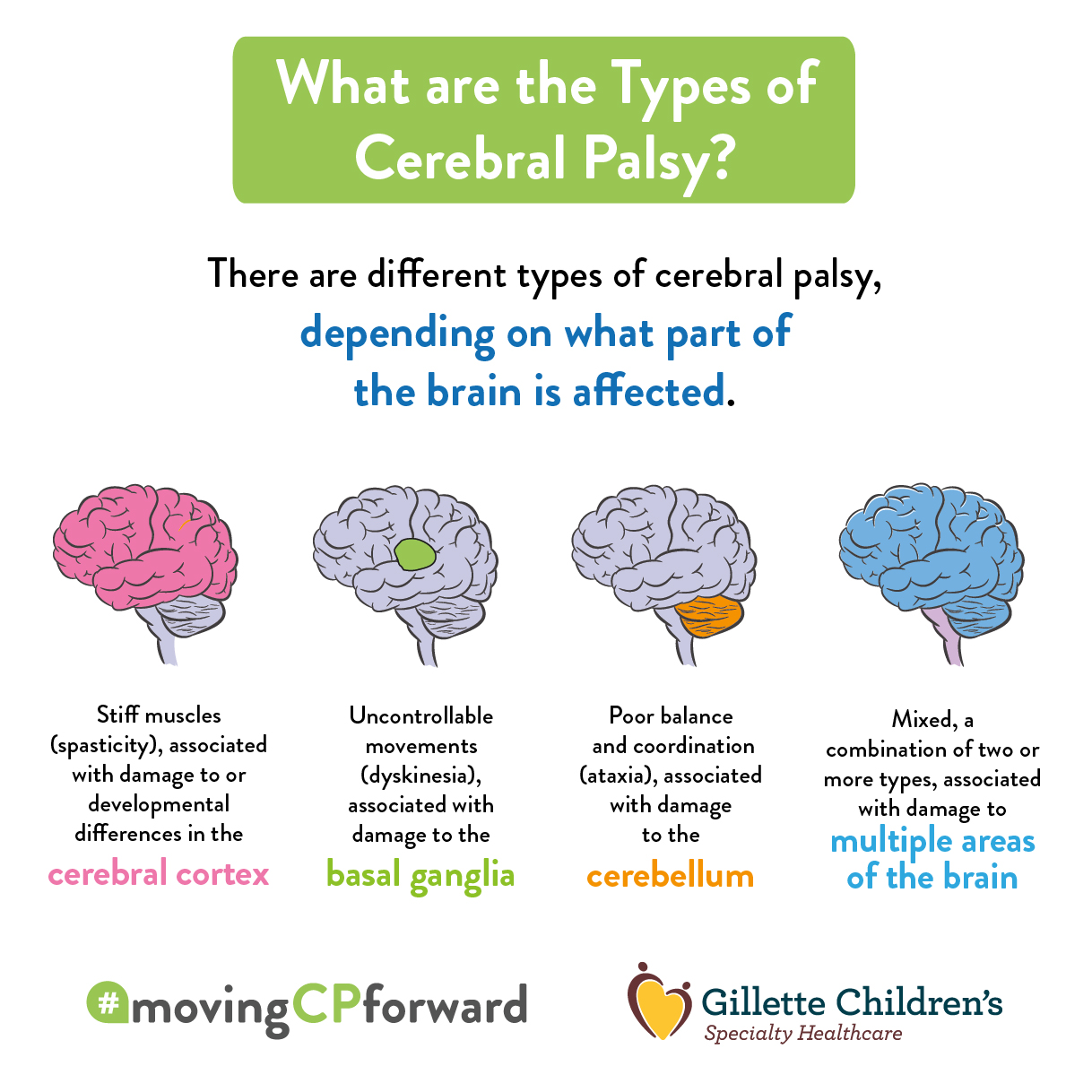
What is Cerebral Palsy?
Cerebral Palsy (CP) refers to neurological disorders that appear in infancy or childhood.
Cerebral Palsy affects the muscle movements, preventing people with such disorder to be unable to move their muscles to do certain activities properly.
The majority of children having Cerebral Palsy are born with it, although it may be detected a few months or years later.
The signs of Cerebral Palsy usually appear before a child reaches three years old. The most common is the lack of muscle coordination when performing voluntary movements (ataxia); stiff or tight muscles and exaggerated reflexes; walking with one foot or leg dragging; walking on the toes; crouched gait; 'scissored' gait; and muscle tone which is either too floppy or too stiff.
Other neurological symptoms that commonly occur in individuals with CP include seizures/convulsions, hearing loss and impaired vision, bladder and bowel control issues, and pain or abnormal sensations.
A small number of children have CP as the result of a brain damage within the first few months of years of life, brain infections such as bacterial meningitis or viral encephalitis, a motor vehicle accident, a fall, or child abuse.
The disorder isn't progressive, meaning the brain damage does not get worse over time. Risk factors related to CP do not cause the disorder, but could increase the chance in having a child with CP. Cerebral Palsy is not hereditary.
Is there any treatment?
Cerebral Palsy cannot be cured.
However, some treatments can improve a child's capabilities.
In general, the earlier treatment begins the better chance children have of overcoming developmental diseases or learning new ways to accomplish tasks that challenge them.
Early interventions, supportive treatments, medications, and surgery can help many individuals improve their muscle control.
Source: http://www.ninds.nih.gov/disorders/cerebral_palsy/cerebral_palsy.htm
gillettechildrens.org

No comments:
Post a Comment